We know that good wellbeing can help us lead healthy, positive lives. But what is it and what does it mean when we bring it into an arts and cultural setting? In simple terms, wellbeing refers to the state of being comfortable, healthy, or happy. Positive wellbeing means having the ability to weather life's ups and downs. We often talk about mindfulness and wellbeing simultaneously; both can help us achieve a healthy, happy state of mind.
Recently, A New Direction - a not-for-profit organisation that exists to ensure that all children and young people in London can develop their creativity and play an active part in the culture and heritage of the city - hosted a workshop for teachers, representatives from the cultural sector, and arts practitioners to explore wellbeing centred projects in an arts setting and look at Arts Award as a personalised framework for young people’s growth. In attendance were many arts and culture forefronters including Trinity College London, Soho Primary School, the NHS, Arts Work, Dream Arts, the Roundhouse, Lewisham Youth Centre, Peagasus Opera Company and many other London based arts youth cultural leaders.
The workshop took place in the London Garden Museum, a fitting location given the range of mindfulness and wellness activities on offer - from cooking classes to working with young carers to explore the resilience of plants. The workshop aimed to look at what is motivating us to foreground wellbeing as an outcome in an arts and cultural setting, and what difference we hope to make to young people's lives by focusing on wellbeing now.
Wellbeing and the national context
Sadly, loneliness is one of the biggest public health challenges facing our country today. Children and young people reporting long-standing mental health conditions has increased six fold over the last 20 years. In fact, in 2014 almost one in twenty 4-24 year-olds in England have reported having a mental health condition (Nuffield Trust 2020). These are worrying figures. What can we do to improve the future prospects for the next generation of children and young people? In response to these studies, the government is launching a new investment fund to tackle loneliness, and the arts, health and social prescribing is currently being championed by the Department of Health and NHS England in it’s long-term plans. In fact, a £2m study into scaling up arts & health interventions is currently taking place.
In response to these figures, A New Direction asked arts, cultural and educational leaders:
What difference do we hope to make to young people’s lives by bringing wellbeing to the forefront?
We know that poor wellbeing can affect young people being able to engage in arts and culture and in their local community. Good wellbeing builds resilience, which in turn can enhance children and young people’s engagement with the arts and culture, enabling them to develop life skills and play an active and positive role in their communities. Healthy children and young people turn into healthy adults who in turn create healthy jobs, healthy communities and healthy children.
A report from the All-Party Parliamentary Group on Arts Health and Wellbeing found that the arts can help keep us well, aid recovery and support longer lives, better lived. The arts also help meet challenges in health and social care associated with ageing, loneliness, long-term conditions and mental health. Crucially they can also help save the care sector money.
A common view discussed at the workshop led by A New Direction, particularly from teachers, is that young people are facing more and more life pressures and poor mental health is on the rise, especially in secondary schools. The feeling was that the cause of this rise in mental health issues stem from the pressures of social media. Social media encourages young people to compare themselves to others and feel that they need to live up to certain standards. With wide access to mobile phones and computers, young people are no longer able to ‘escape’ after school and retreat to a safe space at home. What effect is this having on young people’s wellbeing?
During the workshop there were wide discussions around whether young people feel connected to the arts and their local community, and whether the focus on academic achievement rather than arts and creativity from educational institutes is having a negative effect on the wellbeing of young people? They felt that a focus on wellbeing should feed from school life back into home life, with parents learning from young people and vica versa, to create a positive change not only in family and school life but for the community as a whole.
There have been extensive studies that suggest access to arts and culture can have a positive impact on someone’s wellbeing and mental health. Access to the arts can offer a creative outlet which can help us learn self expression, how to manage our emotions, control our reactions to experiences and learn how to shape our own narrative to tell our own stories. The group felt that access to the arts can increase our sense of belonging, ambition, autonomy, ability to have economic independence, and improve diversity in arts, friendships and communication skills.
Also, there is evidence to show that connecting with the arts and having an active focus on wellbeing can actually have a positive effect on academic results. If wellbeing is a life skill needed to support us through the challenges we face in everyday life, how can we, as arts practitioners and representatives from the cultural sector, make it part of our universal offer and embed it in everything we do?
Arts and wellbeing project: Soho Parish Primary School
Hannah Peaty is a mindfulness practitioner and teacher based at Soho Parish Primary School, and she has been pioneering mindfulness classes for children. She delivers a mix of mindfulness classes for children, parents and teachers, and uses mindfulness as a tool through which to learn other topics, such as visual arts.
Hannah has been using mindfulness as a way to explore KS1 and KS2 art in various lessons including:
Opening lessons with a short mindfulness breathing meditation
Using a ‘body scan’ exercise to heighten senses and then respond to sensations felt using art materials to make marks, colours and shapes on paper
Responding to emotions and reactions to music by taking a pen for a walk
Creating a sound map of a garden by using different materials and textures e.g. long stick and pen
There are extensive ways in which you can use mindfulness and art to create and respond to the world around you. This focus on wellbeing as a tool to explore and learn a different art form has had a positive impact on the students overall wellbeing. Many reported that they felt less angry and were able to articulate themselves better, became more aware of their own emotions and how this could be separate from their reactions (students take part in a yearly evaluation survey in response to the mindfulness session).
Arts and wellbeing project: People United Exploring Kindness
People United is an innovative arts charity that explores how the arts and creativity can grow kindness, empathy and a common sense of humanity. They work with artists, academics and activists to explore the potential of the arts in making a difference in the world. Exploring Kindness is a recent project from People United where Project Coordinator Becky Vincer led a series of workshops to support young people to achieve their Arts Award Discover and Explore while exploring the theme of kindness. The youth group, Chill Club in Newington, explored the theme of kindness through a variety of creative activities, from making a poster of their favourite quotes about kindness, to creating a kindness photobooth which included props that outlined why they were proud to be kind. The youth group also worked with artist Jan Wheatley to co-create two fun and inspiring log books themed around kindness.
Other activities included watching videos from artists that portrayed a pro-social message and using this as a starting point to explore emotional triggers. The young people were also given an outline of a body and asked to use colours and shapes to map where they felt the emotions and felt the sensations in their body - a similar approach to how Soho Primary School used mindfulness tools to explore wellbeing. Having the space to reflect visually and creatively was a really useful tool for the young people to be able to discuss the deeper issues within the artworks and how it resonated with them.
Find out more about how People United are supporting young people to explore the arts and encourage kindness and a positive wellbeing.
Arts and wellbeing project: Arts Award
Arts Award is a range of unique qualifications that support anyone aged 25 and under to grow as artists and arts leaders and inspires them to connect with and take part in the wider arts world. Arts Award delivery happens in curriculum or extra-curricular programmes and enrichment options, museum or heritage projects, weekly clubs or groups, and partnership projects. It is explored in a wide range of settings, from young offending, prevention and resettlement, to young people who are out of mainstream education.
The process of Arts Award is different to the curriculum and allows young people to develop and achieve at their own pace. It can be completely over a longer period of time and is completely flexible for any young people who may be dealing with illness, poor mental health or hospital visits, and because there’s no exams or formal marking process it is less intimidating than more formal qualifications. The Arts Award is about the creative process, and exploring their own unique journey with the arts in their own organic way, and also enables young people to gain a nationally recognised qualification. The process of building an arts log or Arts Award portfolio enables young people to explore and analyse their own emotions and reactions to arts and culture, which can aid in developing an emotional resilience or wellbeing vital as a life skill in today’s world.
How can you help young people focus on wellbeing and use mindfulness tools to explore the arts?
By focusing on the creative journey rather than the outcome, and using mindfulness as a tool to explore other topics, we can open the door to arts and the community to many disengaged, disconnected young people. The examples above show how using mindfulness methods and bringing a focus on wellbeing can be utilized to explore many different skills and topics; from using art to draw our emotions to using meditation to ground students before a session. These techniques are adaptable to such a wide variety of different locations and settings, whether it’s inviting SEN students to explore their responses to art though audio or video clips, using creativity as a distraction tool in a hospital setting, or exploring mindful meditation as a grounding tool to work with out of education young people. Mindfulness can not only help us learn other topics, it can also provide the tools through which young people can learn about their own emotions, behaviors and reactions; a vital tool for handling the challenges that life throws at us.
Further reading about wellbeing and the arts:
Culture Health and Wellbeing Alliance
Arts for health and wellbeing from Public Health England
Arts culture and wellbeing from the Arts Council
"Lost without it" - Arts and culture for older people
Creative Health: The Arts for Health and Wellbeing
The Role of Arts and Cultural Organisations in Health and Wellbeing


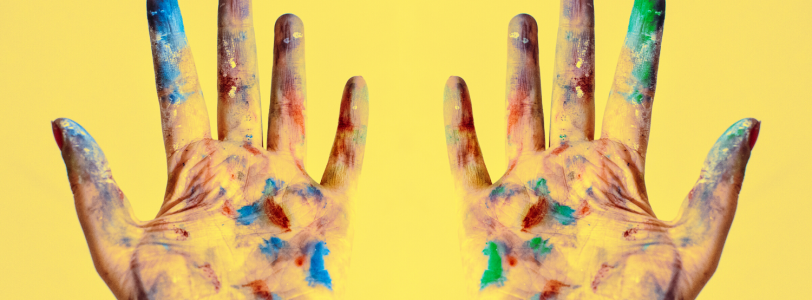
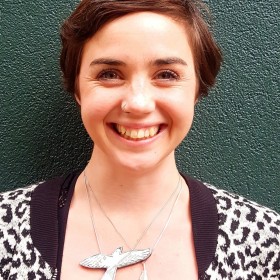
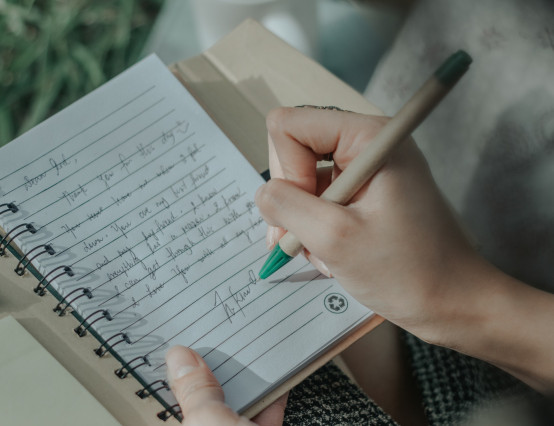

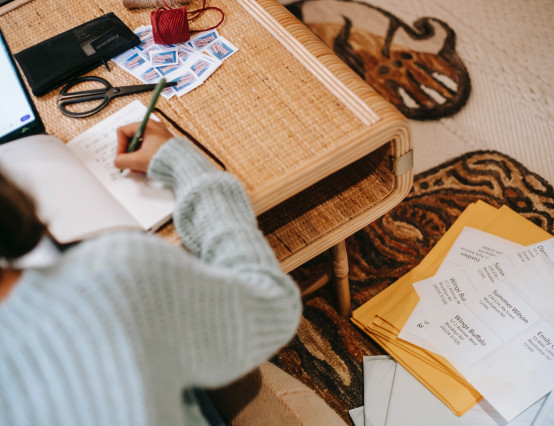
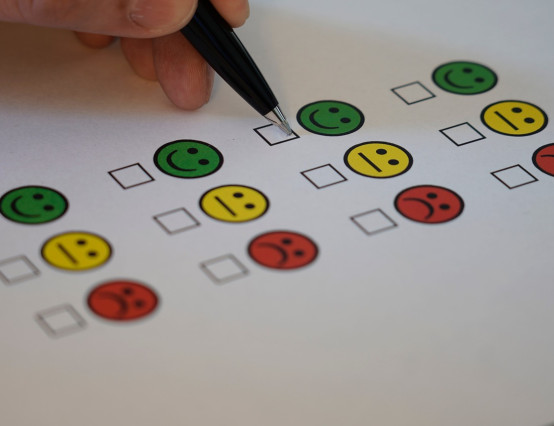

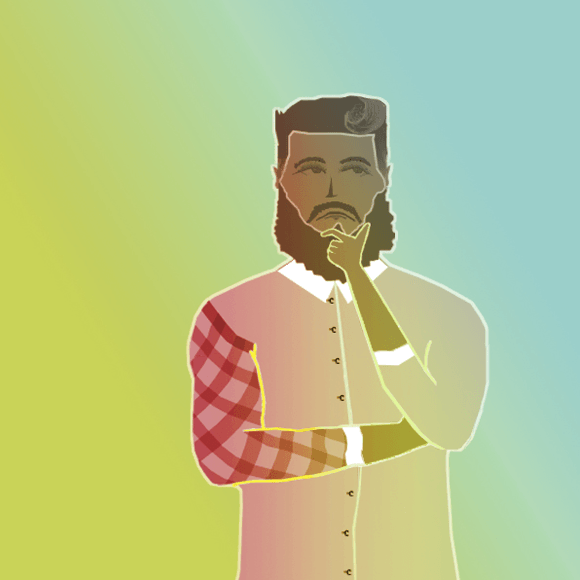
0 Comments